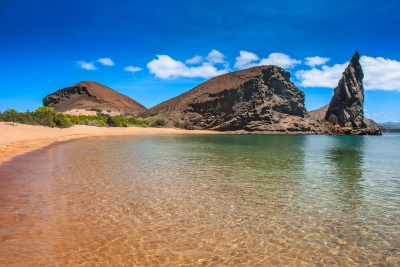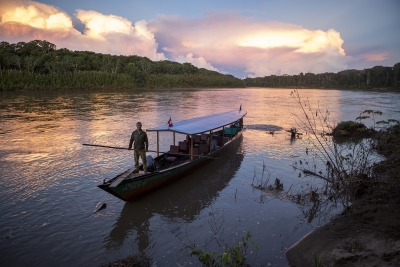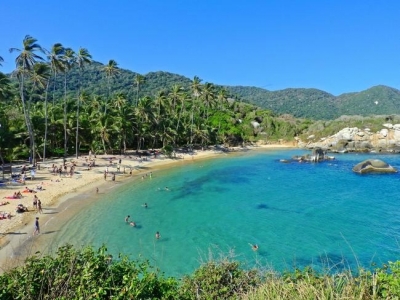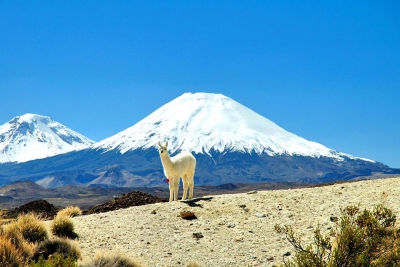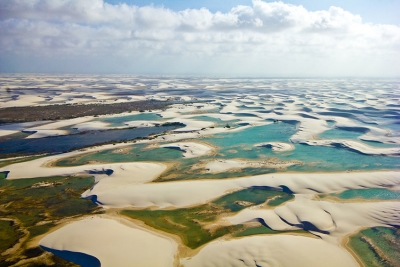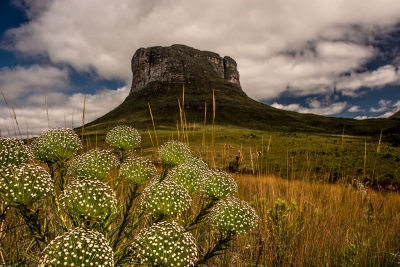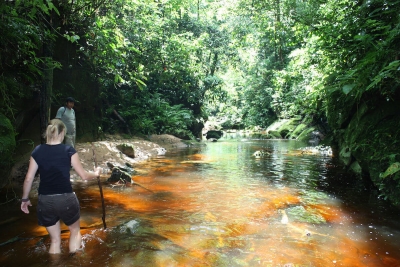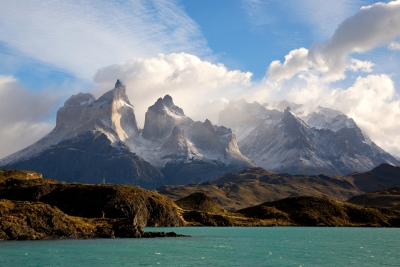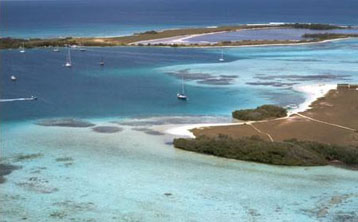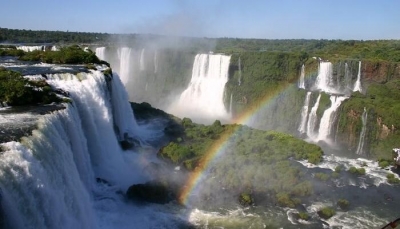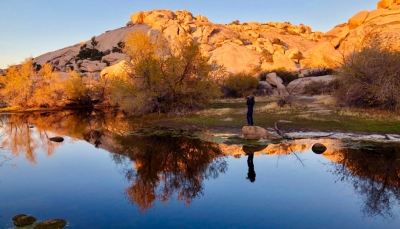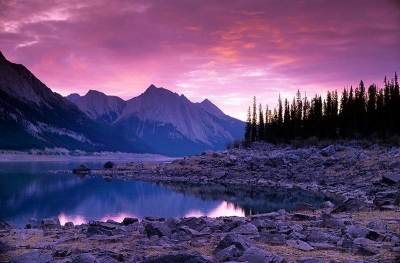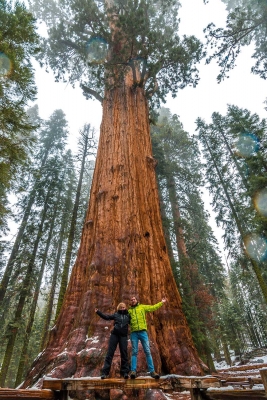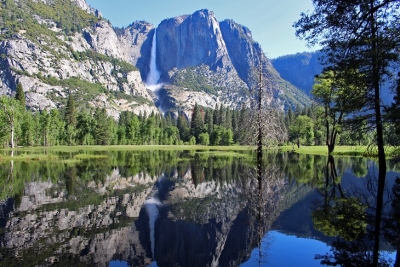What is peculiar about Rapa Nui National Park?
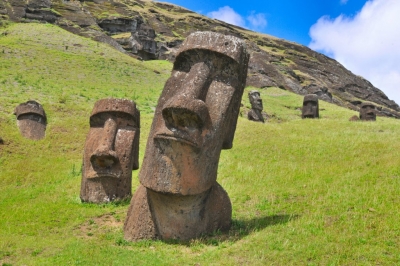
Rapa Nui is the Polynesian name of Easter Island. The Park is famous for 887 stone statues known by the name ‘moai’. It is believed that the early Rapa Nui people who inhabited the island around 300 AD built these stone statues.
Archaeological investigations done here have declared Rapa Nui as of great cultural heritage. Though Rapa Nui was declared a national park in 1935, the first management plan was not implemented until the 1980s. A harmonious has now been implemented in the reserve areas with agricultural activities, livestock grazing orchards and traditional fishing sites.
Invasive plants have been introduced in the Park for livestock grazing. This has disturbed and threatened some of the native species. Another factor that affects the native plants is forest fires.
Picture Credit : Google
